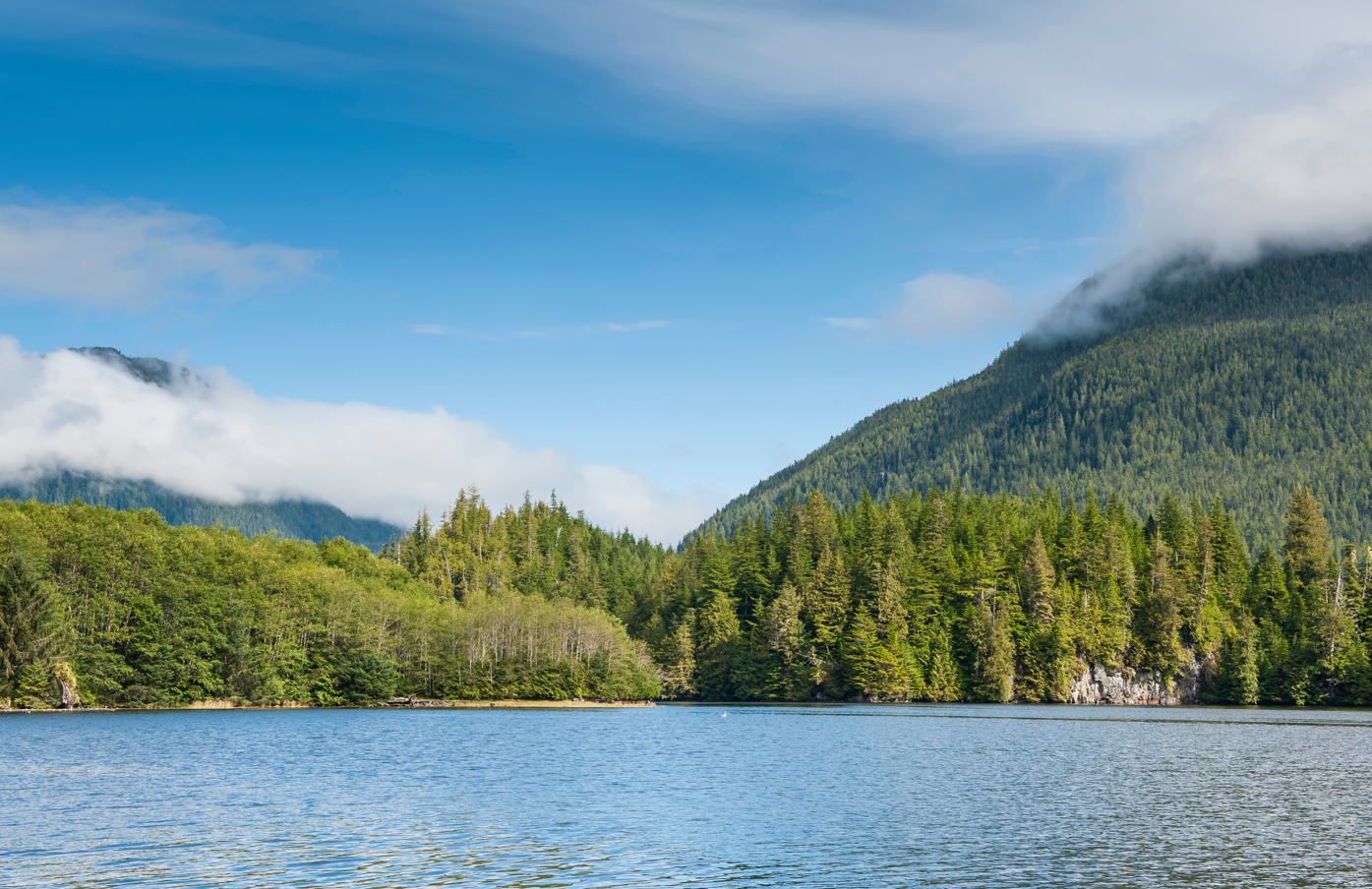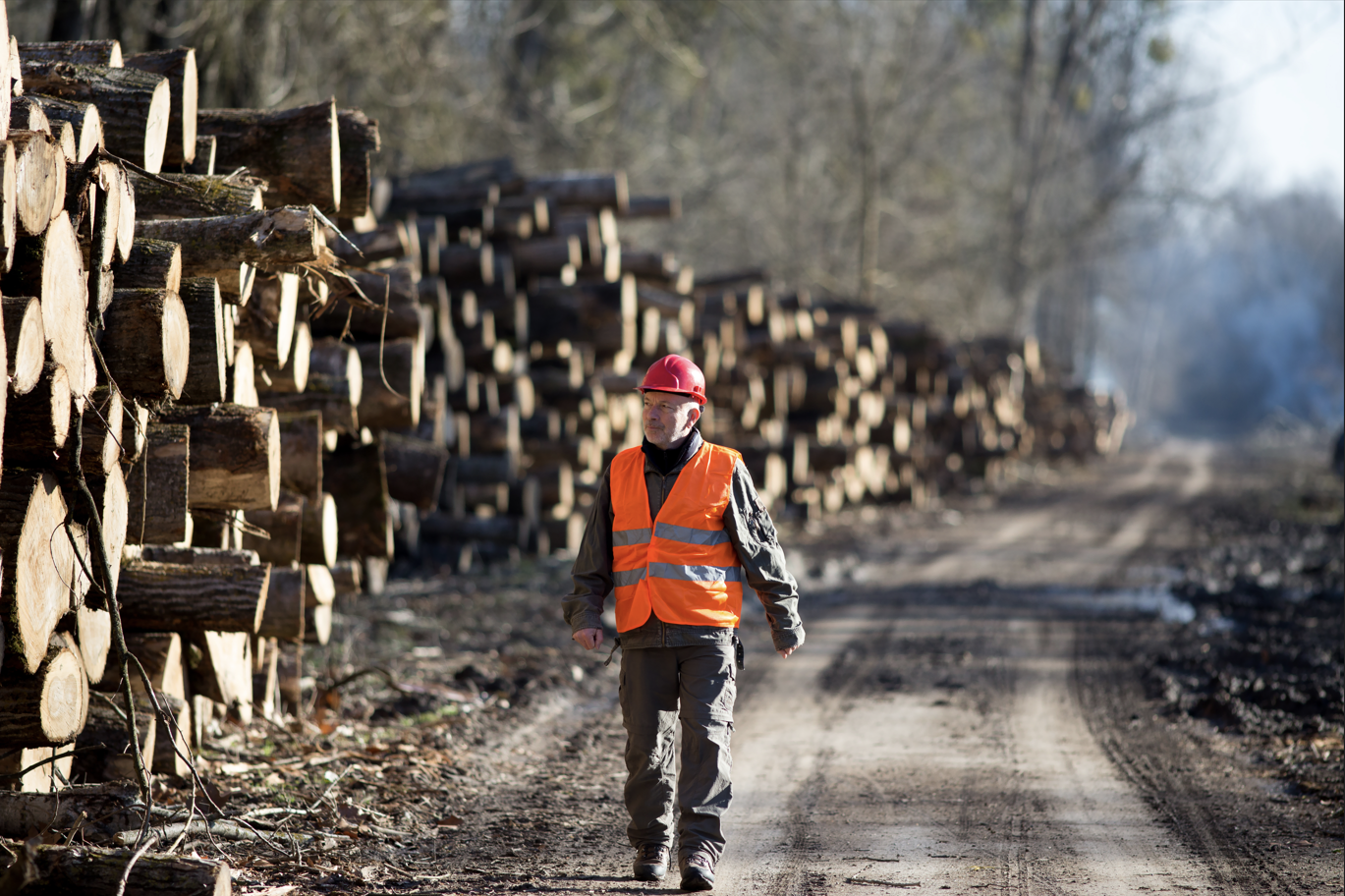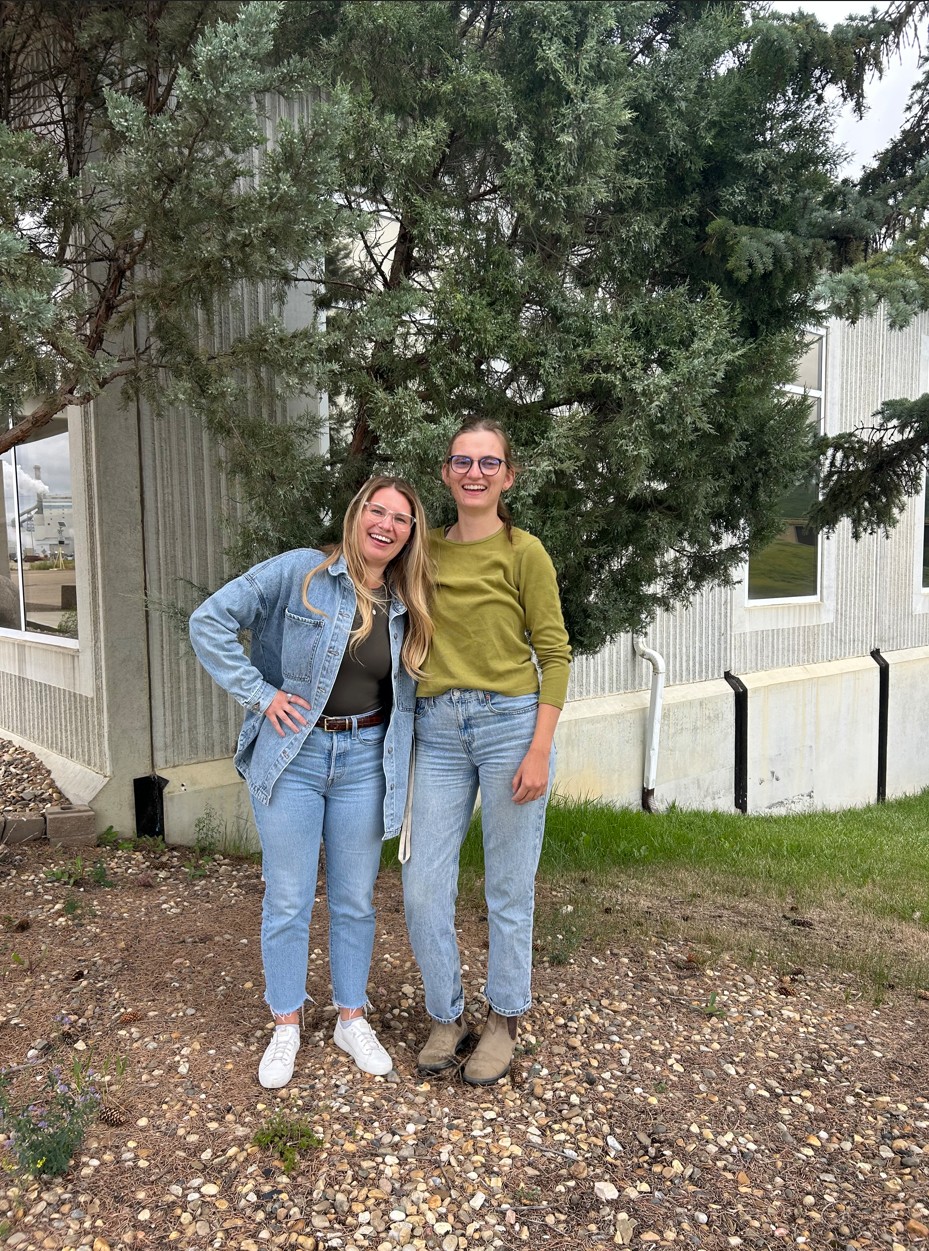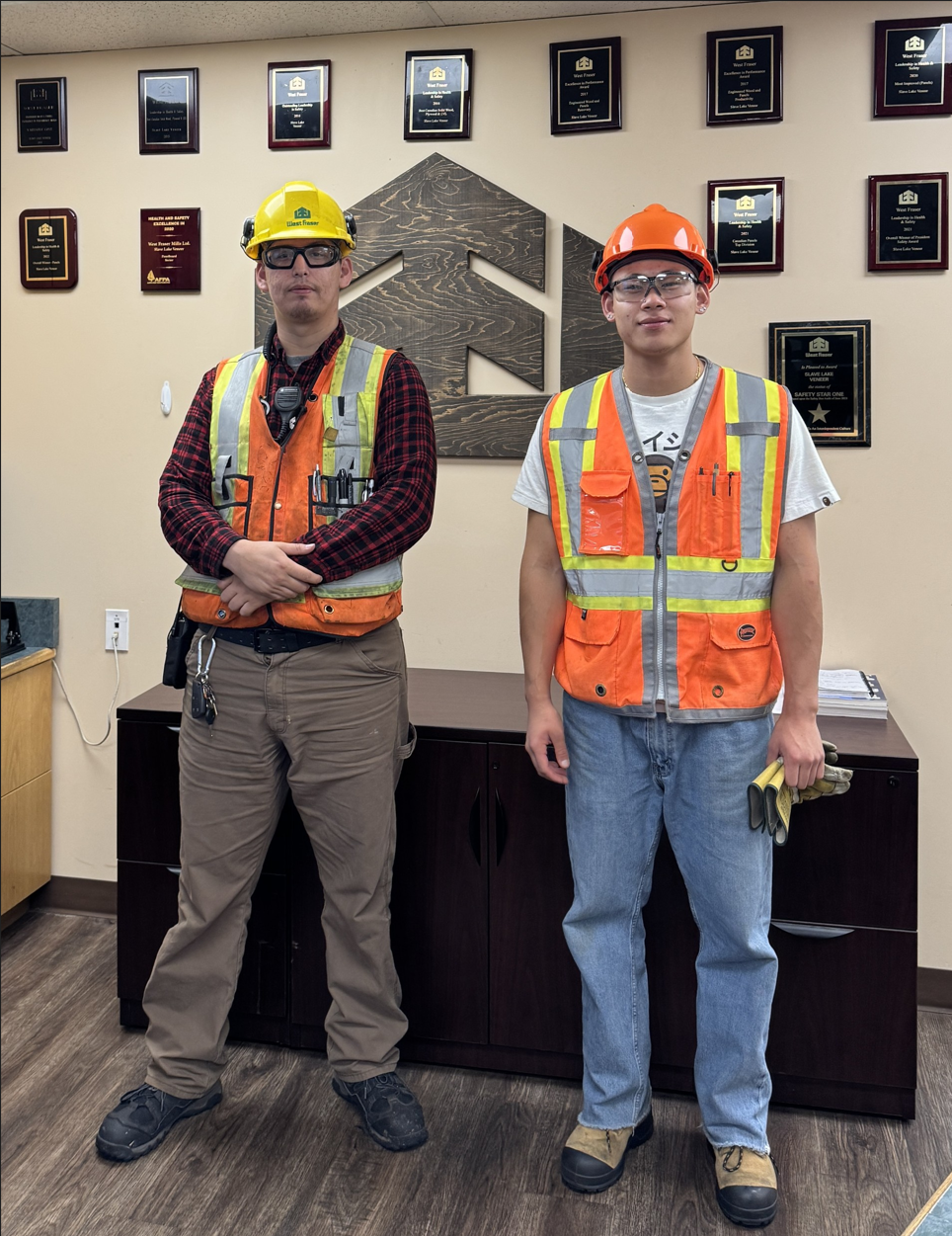When you start your first job in forestry, there is a lot of preparation required: the first cardinal point of advice is to buy good work boots and wear them in before you start. Foot issues can develop quickly, especially when your job is hiking in the bush all day—so don't skimp on the boots!
Ah, advice that's easy to give, but seldom understood. This I had to learn the hard, painful way.
I had a pair of steel-toe boots recommended to me by a friend. While they were comfortable in the store, I found myself treating blisters after my first hike. Of course, by then they were non-refundable (and cost a small fortune) so I committed to wearing them and using every trick in the book to prevent further blistering.
Duct tape, moleskins and liner socks worked surprisingly well. I was sure the wily boots had been tamed. That is, until one day where things did not work out as planned.
On my first timber cruise, I was with two others doing some recon on a block on the northwest edge of the Porcupine Hills. We were expecting to hike roughly nine kilometres connecting with ATV trails along the way, but were inevitably stuck doing the breaststroke through an ocean of beaked hazelnut, which was well-known in Hudson Bay to cause fits of rage and frustration in even the most mild mannered of foresters.

By noon the heat of the day was beating down and, despite my best efforts to wrap my feet in a web of tape, I could feel the tape slipping and hotspots were beginning to form on the edge of my heels. We stopped for a lunch break under a shady patch of spruce next to the trail, a good time to check-in with my supervisor and send an 'OK' message on my SPOT emergency beacon. A SPOT device sends a short message with GPS coordinates to a preset list of contacts and allows communication in remote areas. We were expected to use it to periodically check-in when working remotely, or use the distress beacon in case of emergencies. It typically worked better with an open view of the sky, so I removed it from my cruise vest and placed it beside me while I re-applied tape on my feet. Minor blisters had developed, but we were halfway done the hike and the remainder would be on trails, so I was not too concerned.
We left our lunch spot and hiked a little over a kilometre down the network of trails before I realized I dun goofed.
I checked every pocket in my cruise vest and the SPOT was nowhere to be found. I briefly considered keeping this information to myself, but I confessed to the crew and insisted I go back and find it myself. They followed, but I outpaced them, powered by my bruised ego.
I was sure I could find my way back to the SPOT, but doubts began to crop up as I gained distance. It occurred to me the landmarks I thought I recognized – a squishy patch of grass or a funny lookin' tree – might not be ideal for navigation. But I was determined to retrieve the device so we could get on with our day. I started walking faster.
When I got to the road where we had stopped for lunch, I hurried toward a shady patch of spruce, which turned out to not be the spot at all. It must be further, I thought. So I kept walking down the road until the next corner, the next spruce patch, but nothing. Everything still looked familiar. I kept walking and walking until I could no longer deny that I had either walked right by it or gone the wrong direction. I still dread knowing how far I walked before finally realizing this.
I gave up and turned around. Now reality set in — I had left my team, who did not know where I was or how far I had gone. I was away for longer than anyone anticipated, and I was nearly out of drinking water. The situation in my boots was now also much, much worse. I felt hot with embarrassment and began making my way back, heels stinging with every step.
I rejoined my team, who were understandably worried. They also managed to find the SPOT I had missed only a few feet away from where I turned on to the road. I apologized profusely for the trouble, clumsiness and all, however I now had blisters that were painfully severe. When I took my boots off, some blisters were open and rather raw-looking. Thankfully we had antiseptic, gauze and medical tape between the three of us.
The plan was now to find the nearest trails and limp the Hell out of there. But true to the day’s theme, nothing worked out as planned. We found no trails, only more bushwhacking through hazel, paired with a brief thunderstorm for some drama on the side. The total distance we covered ended up being over 15 kilometres, much of which was hiked in a pair of weighty ill-fitting boots.
I spent the weekend trying to recover in time for work, reading Internet advice on blister care and growing increasingly paranoid I was going to die of blood poisoning. But I was okay, and few weeks later I got to share my story and lessons learned at our office's monthly safety meeting.
How to Treat Blisters
- Keep clean and dry — try soaking in lukewarm water with Epsom salts
- Do not cover open blisters and avoid wearing shoes/socks while healing
- Apply antibiotic cream or Polysporin to prevent infection
How to Prevent Blisters
- Wear light-weight work boots or check your company's policy to see if regular hiking boots are acceptable when not around heavy machinery.
- The right fit should be neither too tight nor too loose. (My boots were just a touch too wide, allowing for side-to-side movement that caused problems over long distances. They were also made for construction, not hiking. Beware.)
- If using tape, use something that can withstand moisture and heat (I use Leukotape now).
And one last word of advice: Under upset conditions, try to maintain a cool head. Otherwise it could be you speaking at safety meetings and writing a blog story about it.
Happy hiking!










.jpeg)

